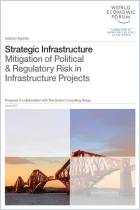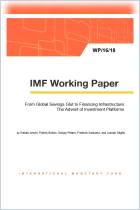
Read or listen offline
Amazon KindleRecommendation
Governments generally promote public investment in infrastructure development projects as a catalyst for sustainably faster economic growth. But Andrew M. Warner, an economist at the International Monetary Fund, says that economic slumps are more likely to follow public investment drives in low-income countries. Inadequate or corrupt implementation can undermine even the most promising civic undertaking. Diminishing returns on investment and irrational or nonexistent project screening and selection are just a few of the problems Warner highlights in a series of dated but illuminating case studies on past government investment programs in Mexico, Bolivia, South Korea, the Philippines and Taiwan. getAbstract suggests this well-researched report to economists, development specialists and analysts as an alternative point of view on state investment in capital projects. Those seeking a deeper understanding of public capital investments and their presumed role as economic growth catalysts will find much to ponder in this evaluation.
Summary
About the Author
Andrew M. Warner is an economist at the International Monetary Fund.






















Comment on this summary or Diskussion beginnen